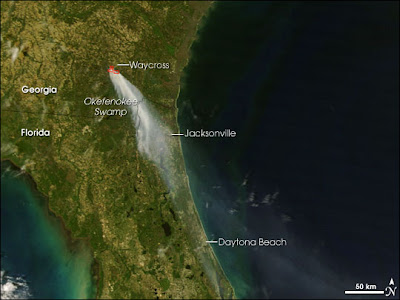Hunter AAF
133.550 - Tower
279.575 - Tower
126.200 - Base Ops
32.350 - 3/3 AVN Ops
38.150 - B-169 AVN Ops
242.400 - B-169 AVN air-to-air
406.1625 - Tower/Base Ops
406.7625 - POL
415.1625 - Trans Alert
Savannah IAP
119.100 - Tower
257.800 - Tower
120.400 - Approach/Departure
380.025 - Approach/Departure
125.300 - Approach/Departure
387.100 - Approach/Departure
118.400 - Approach/Departure
307.225 - Approach/Departure
225.750 - 165th Airlift Wing Command Post
225.050 - 165th AW air-to-air
138.050 - 165th AW air-to-air
237.000 - Savannah CRTC Ops
Fort Stewart/Wright AAF
127.350 - Marne Radio
279.625 - Marne Radio
126.250 - Wright AAF Tower
269.275 - Wright AAF Tower
MCAS Beaufort
119.050 - Tower
340.200 - Tower
118.450 - Approach/Departure
301.200 - Approach/Departure
361.800 - VMFA-115 Base
339.500 - VMFA-115 Tac 1
320.200 - VMFA-115 Tac 2
253.100 - VMFA-122 Base
283.400 - VMFA-122 Tac 1
354.325 - VMFA-122 Tac 2
313.800 - VMFA-251 Base
327.475 - VMFA-251 Tac 2
228.200 - VMFA-312 Base
301.950 - VMFA-312 Tac 1
320.300 - VMFA-312 Tac 2
310.200 - VMFA(AW)-533 Base
289.275 - VMFA(AW)-533 Tac 1
354.400 - VFA-86 Base
308.925 - VFA-86 Tac 1
363.825 - VFA-86 Tac 2
Shaw AFB
381.300 - Shaw Command Post
342.500 - Shaw PMSV
311.200 - 55th Fighter Squadron Ops
141.900 - 55th FS V8
273.700 - 77th Fighter Squadron Ops
143.800 - 77th FS V8
141.750 - 77th FS V9
140.375 - 77th FS V10
McEntire ANGB
298.300 - 169th Fighter Wing Ops
125.125 - 169th FW V1
140.125 -169th FW V17
141.925 -169th FW V18
141.825 - 169th FW V19
Jacksonville IAP
251.250 - 125th Fighter Wing Ops/Maintenance
273.900 - 125th Fighter Wing SOF
234.800 - 125th FW Aux 6
253.700 - 125th FW Aux 7
Ranges/MOAs
119.225 - Townsend Range Control
228.400 - Townsend Range Control
252.900 - Townsend Range Control
343.750 - Bulldog MOA
264.700 - Poinsett Range
354.300 - Poinsett Range; BEEFEATER ECM Range
269.000 - Gamecock MOA
Sealord (SC/GA/FL offshore areas)
120.950 - North Primary
284.500 - North Primary
267.500 - South Primary
376.900 - W-157 Discrete
385.300 - W-157 Discrete
350.675 - N. TACTS Range Discrete
381.875 - N. TACTS Range Discrete
Doubleshot (SC offshore area)
127.725 - Primary
279.725 - Primary
258.400 - Discrete
381.350 - Discrete
NORAD/AWACS Discretes
364.200 - AICC
234.600
316.300
320.600
Miscellaneous
134.100 - PALMETTO OPS (Charleston AFB)
228.225 - ANGEL OPS (23rd Wing, Moody AFB)
258.900 - unknown air-to-air, possibly VMFT-401
264.675 - unknown air-to-air
292.100 - "AR Prime" for VMM-263
333.100 - unknown air-to-air, probably 4th FW
349.400 - PALMETTO OPS (Charleston AFB)
362.475 - unknown, possible C-130 or P-3
Air Traffic Control
256.900 - Jax Center, unknown area
277.400 - Jax Center Brunswick Low
282.200 - Jax Center Jekyll Low
282.300 - Jax Center Alma High
285.650 - Jax Center Statesboro High
290.400 - Jax Center Waycross Low
319.200 - Jax Center Aiken High
322.500 - Jax Center Savannah Low
351.700 - Jax Center Summerville High
363.200 - Jax Center Allendale Low
379.100 - Jax Center Charleston Low
306.925 - Charleston App/Dep
323.000 - Atlanta Center Macon
255.400 - FSS








